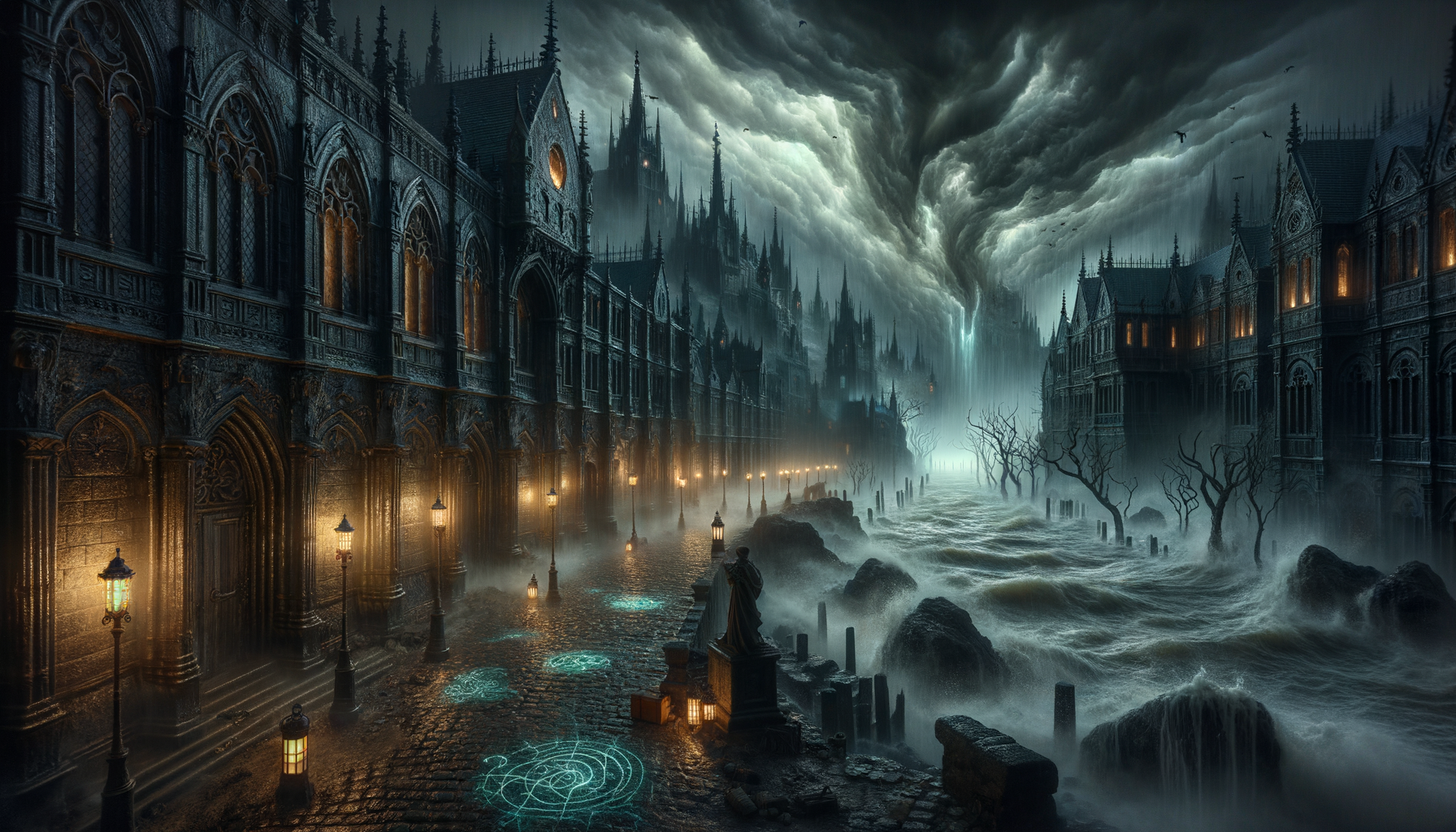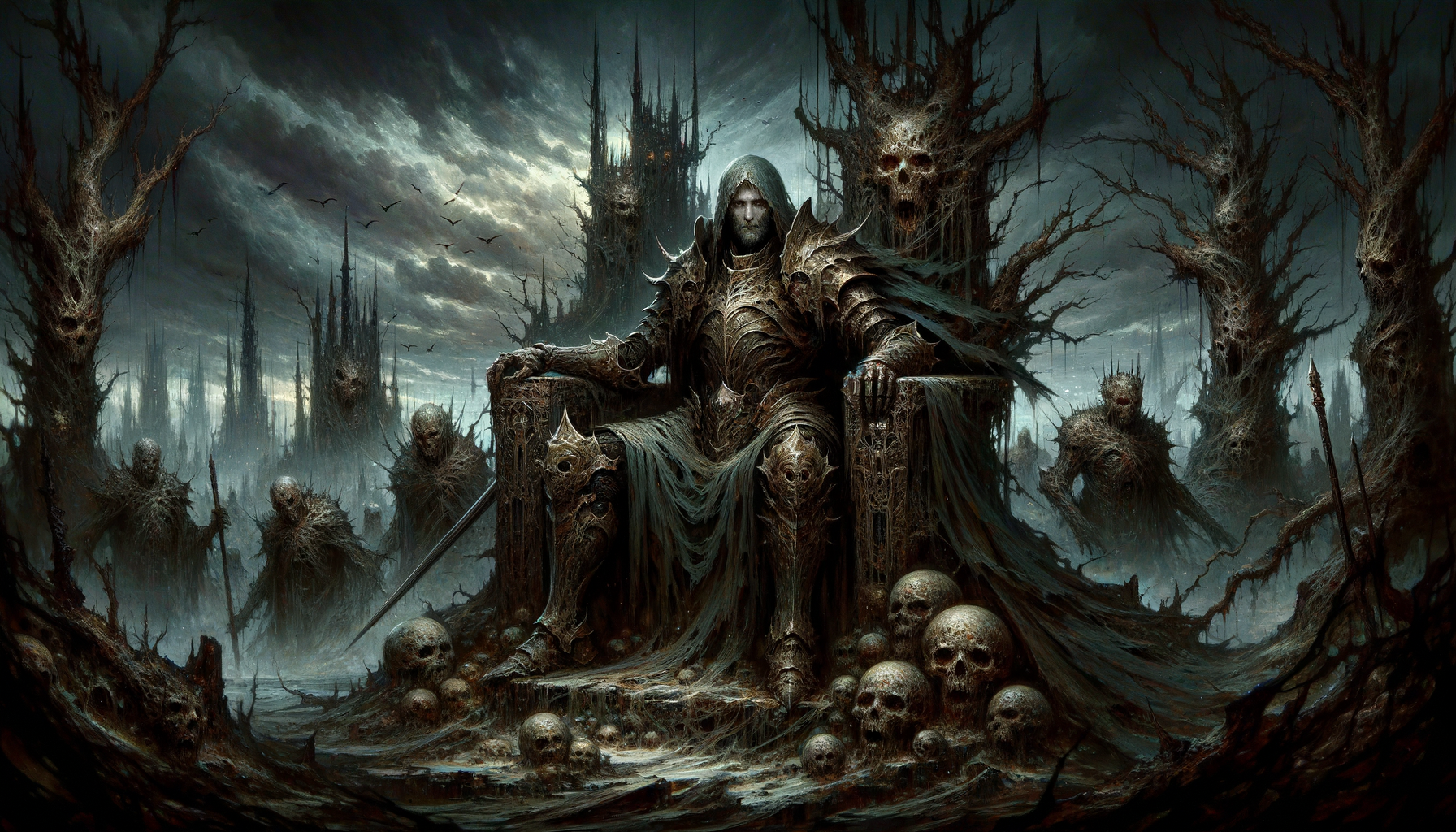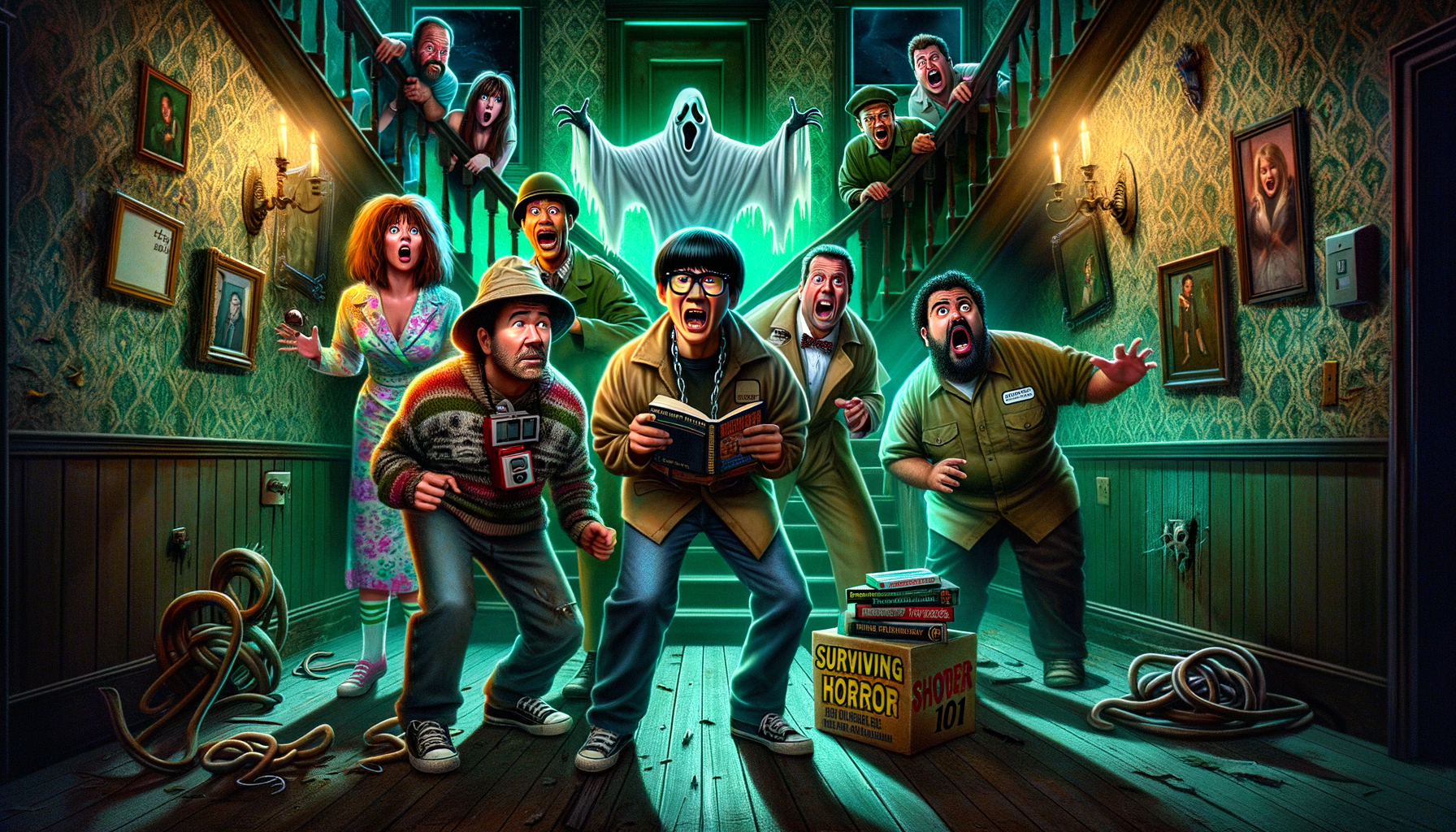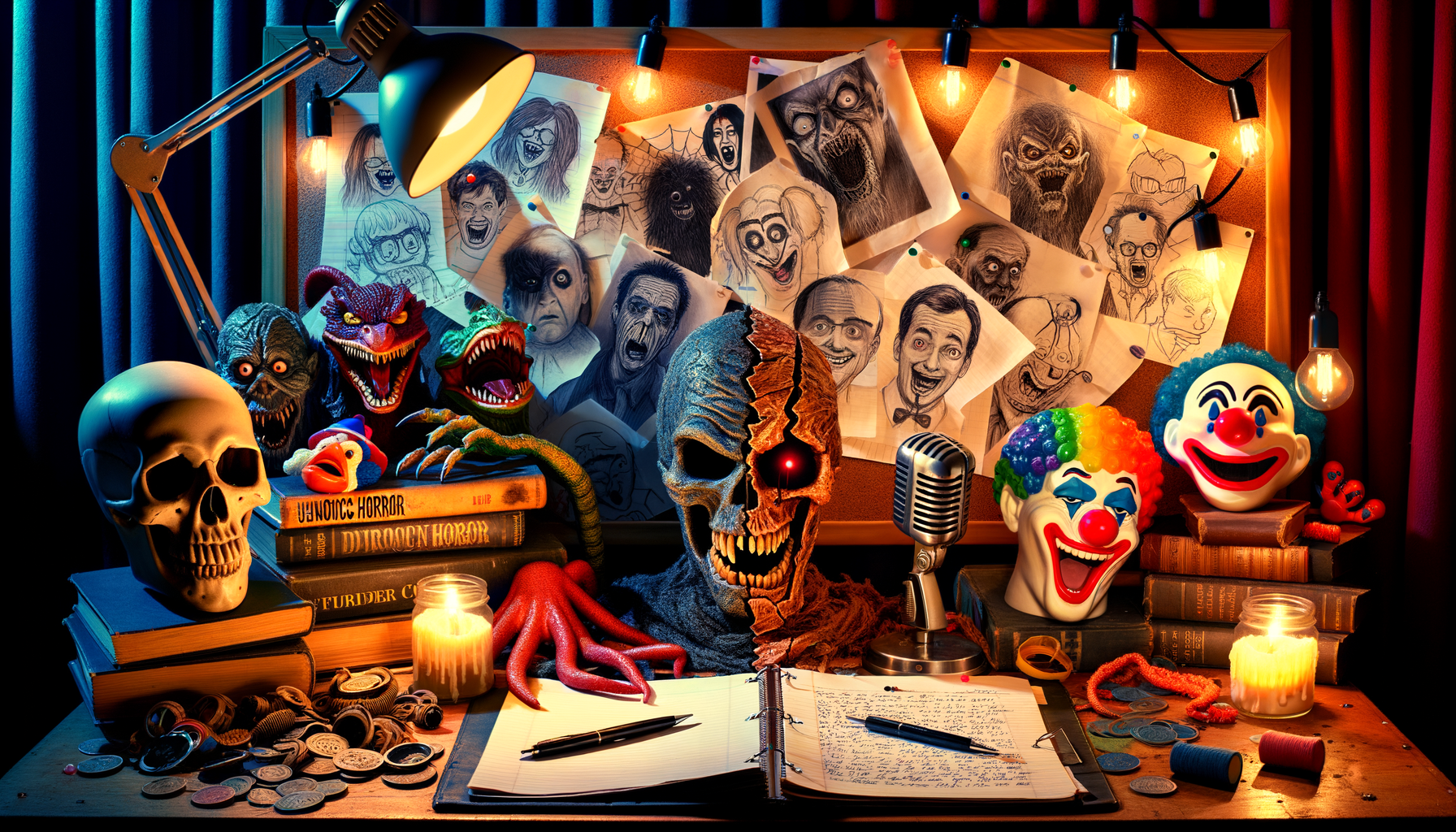Read our 2024 guide on creating a Lovecraftian horror setting. Learn essential tips and tricks to craft a truly eerie and immersive Lovecraftian world!
Are you a writer looking to plunge your readers into the spine-chilling depths of a Lovecraftian horror setting? You’re in the right place! Lovecraftian horror is not merely about frightening creatures but an atmosphere of existential dread, incomprehensible entities, and cosmic horrors that make reality itself seem unsafe. As H.P. Lovecraft once said, “The oldest and strongest emotion of mankind is fear, and the oldest and strongest kind of fear is fear of the unknown.” This guide will walk you through the essential elements of crafting a horrifying Lovecraftian world, from setting the mood to creating mind-bending monsters. Let’s dive into the abyss!
Understanding Lovecraftian Horror: Themes and Elements
When diving into Lovecraftian horror, there are several key themes and elements that define the genre.
Cosmic Indifference
One of the cornerstones of Lovecraftian horror is the concept of cosmic indifference. The universe is portrayed as vast, uncaring, and indifferent to human struggles. This theme emphasizes the insignificance of humanity in the grand scheme of things, creating a sense of existential dread.
Eldritch Entities
At the heart of many Lovecraftian tales are eldritch entities—ancient, incomprehensible beings that defy the laws of nature and sanity. These entities are often beyond human understanding, their mere existence challenging the fabric of reality itself.
Human Insignificance
Building on cosmic indifference, Lovecraftian horror often highlights human insignificance. The vast cosmos dwarfs human endeavors, making them seem trivial and meaningless. This can be a humbling and horrifying realization for characters and readers alike.
Unreliable Narrators
A common trope in Lovecraftian stories is the unreliable narrator. These are individuals who recount their experiences on the brink of madness, their perceptions and memories distorted. This adds a layer of uncertainty and unreliability to the narrative, enhancing the horror.
Isolation and Madness
Settings and characters in Lovecraftian horror frequently evoke feelings of isolation and madness. Whether it’s a desolate landscape or a character slowly losing their grip on reality, these elements contribute to the overall atmosphere of dread and unease.
Setting the Atmosphere: Creating a Creepy Vibe
Creating the right atmosphere is crucial in Lovecraftian horror. Here are some ways to set a creepy vibe.
Environment
The environment plays a significant role in establishing the mood. Dark, desolate places such as derelict buildings, ancient ruins, and foggy marshlands are perfect settings. These locations inherently evoke feelings of abandonment and decay, setting the stage for unsettling events.
Weather
Eerie, unpredictable weather patterns can significantly enhance the foreboding mood. Think of sudden storms, oppressive humidity, or chilling winds that seem to whisper secrets. The weather should feel almost like a character in itself, contributing to the story’s tension.
Sound
Descriptive language can create an unsettling auditory backdrop. Imagine the sound of dripping water echoing in an empty corridor, creaking floorboards in an abandoned house, or distant, haunting cries carried by the wind. These auditory elements can make the setting feel alive and menacing.
Light and Shadow
Playing with light and shadows can have a disorienting effect. Emphasize the unseen and half-seen, using flickering lights, deep shadows, and obscured vision to create uncertainty and fear. This technique keeps the reader on edge, always questioning what lurks just out of sight.
Crafting Your Entities: Monsters and Beings
Creating compelling monsters and beings is essential in Lovecraftian horror.
Eldritch Horrors
Eldritch horrors are the quintessential Lovecraftian entities. They possess attributes that are utterly unnatural and incomprehensible, often described in vague, unsettling terms to leave much to the imagination.
Design Choices
Focus on making these entities as alien and unsettling as possible. Their forms should defy natural laws, combining elements in ways that are disturbing and wrong. The more incomprehensible, the better.
Origins
Provide mysterious and ancient backstories for your entities. They should feel timeless, as though they have existed long before humanity and will continue to exist long after. This adds to their otherworldly menace.
Impact on Characters
The sight and presence of these entities should have profound psychological effects on characters. Encounters with eldritch horrors often lead to madness, fear, and existential despair, emphasizing the entities’ overwhelming power.
Developing Characters: Human Frailty and Fear
Characters in Lovecraftian horror are often defined by their psychological depth and fragility.
Psychological Depth
Your characters should have deep psychological issues or traumas that make them vulnerable to the horrors they encounter. This adds layers to their personalities and makes their reactions more compelling.
Flaws and Weaknesses
Emphasize human limitations and flaws. Characters should feel real and relatable, with weaknesses that make them susceptible to the story’s dangers. This vulnerability is key to Lovecraftian horror.
Interactions with the Unknown
How characters react and transform upon encountering horrors is crucial. Their interactions with the unknown should drive the narrative, showcasing their fear, curiosity, and eventual unraveling.
Descent into Madness
A gradual unraveling of sanity is a hallmark of Lovecraftian characters. This descent into madness should be slow and insidious, reflecting the overwhelming nature of the horrors they face.
Plotting Your Lovecraftian Story
Crafting a Lovecraftian narrative requires careful plotting to build tension and dread.
Introducing the Horror
Start by slowly building up the horror elements. Tease rather than reveal, using hints and foreshadowing to create an atmosphere of impending doom.
Rising Tension
Incrementally increase the dread and tension. Each scene should build on the last, heightening the sense of unease and anticipation.
Twist and Turns
Incorporate unexpected and bewildering events to keep the reader off balance. Twists and turns are essential in maintaining suspense and interest.
Unresolved Mysteries
Leave some questions unanswered to evoke a sense of the unknown. Unresolved mysteries can be more terrifying than clear resolutions, as they leave the imagination to conjure its own horrors.
Conclusion
Creating a Lovecraftian horror setting is both a thrilling and daunting task! By focusing on cosmic indifference, eldritch entities, and the psychological fragility of your characters, you can craft a world that leaves your readers shivering with existential dread. Ready to plunge your readers into the abyss? Start writing and let the cosmic horrors unfold! If you found this guide helpful, share it with fellow horror enthusiasts and writers. Remember, in the world of Lovecraftian horror, the unknown is the greatest fear of all. Happy writing!




